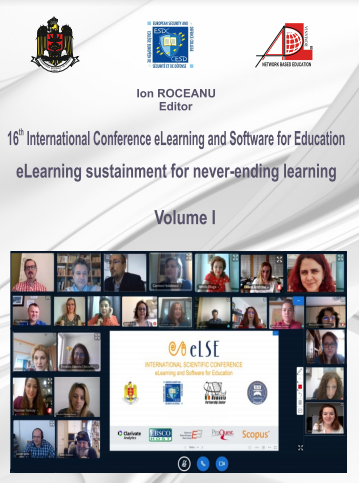LIBQUEST INITIAL PROTOTYPE – MIXED-REALITY QUESTS TO REVITALIZE LIBRARIES AND READING
LIBQUEST INITIAL PROTOTYPE – MIXED-REALITY QUESTS TO REVITALIZE LIBRARIES AND READING
Author(s): Maria Anca Băluțoiu, Alexandru Grădinaru, Alin Dragos Bogdan Moldoveanu, Florica Moldoveanu, Ana-Karina NazareSubject(s): Library operations and management, Electronic information storage and retrieval, ICT Information and Communications Technologies, Distance learning / e-learning, Pedagogy
Published by: Carol I National Defence University Publishing House
Keywords: Gamification; Virtual Library; Mixed Reality;
Summary/Abstract: The ever-increasing advancement of technology, the availability of information, and other internet-related activities such as online communication have shifted the interest of people, leaving cultural or social aspects such as reading a book or visiting a museum on a second plan. Gamification is a well-known method which makes education and culture more attractive and interesting to people in the modern age, especially young generations. This paper describes the implementation of LibQuest, a platform which combines culture with technology and games. It is a part of the Lib2Life research project with the aim of revitalizing libraries and other cultural spaces using mixed reality applications. LibQuest proposes to use a gamified quest system in order to encourage people, especially youngsters to access libraries and read more. Each quest is structured with multiple checkpoints in mixed reality, requiring the user to use and navigate both in virtual reality and real-world places in order to gain rewards or find interesting things. Each checkpoint has a validation method, ranging from simple quizzes, to finding clues, visiting specific targets (museums, squares etc.), code scanning, taking pictures or recording audio. The article will present the development of an initial prototype, the current status of the solution and users’ feedback. Chapters cover implementation details, used technologies, challenges, encountered problems and difficulties in the process of building and developing, as well as practical results. The conception of a survey integrated in the prototype is also presented with results and analyzed users’ feedback. Lastly, conclusions, future development steps and improvements are discussed.
Journal: Conference proceedings of »eLearning and Software for Education« (eLSE)
- Issue Year: 16/2020
- Issue No: 01
- Page Range: 127-134
- Page Count: 8
- Language: English

